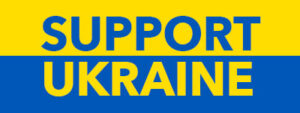Ukrainian Jewish Heritage Book Review: In Broad Daylight
In this edition of Ukrainian-Jewish Heritage, we will be discussing In Broad Daylight – The Secret Procedures behind the Holocaust by Bullets by Father Patrick Desbois. In 2008, Father Patrick Desbois published The Holocaust by Bullets – A Priest’s Journey to Uncover the Truth Behind the Murder of 1.5 Million Jews. It described how Nazi […]



